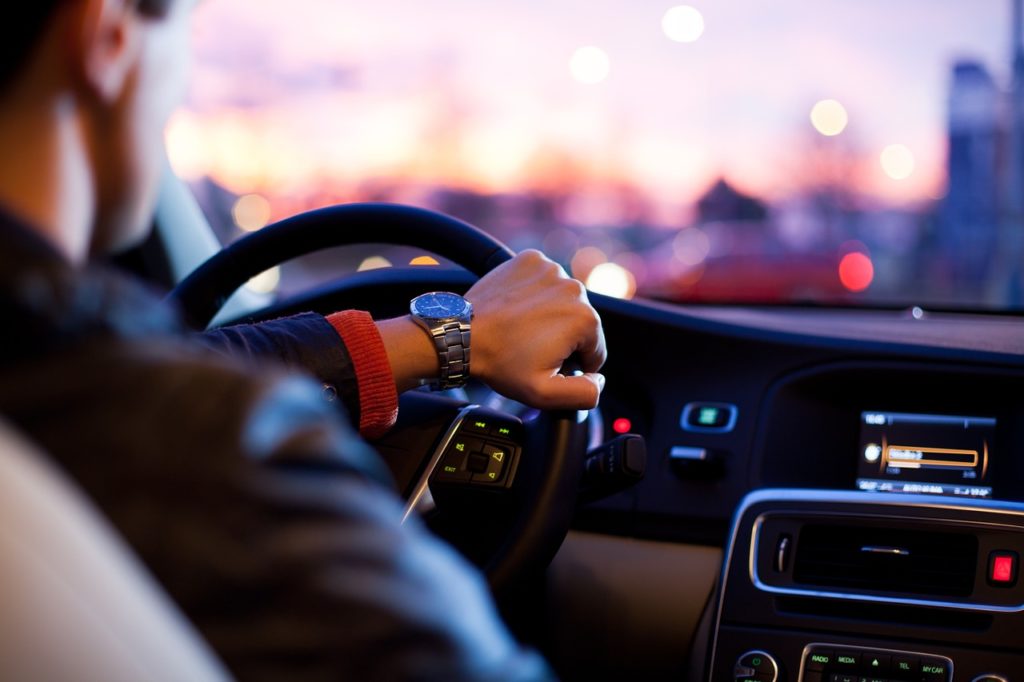Should You Still Own a Car?
Remember when you got your first car? Was it a ‘mommycar’? A hand-me-down, kid-hauler contributed by your mother with sticky seats, a tired motor, and a slush-box minus a gear, or two? Was it ‘minivan green’ whose clearcoat was baked and flaked? Were you embarrassed the first time you drove it to school and suffered the slings and arrows of outrageous, high school scorn?
Maybe it was there and then that you decided that the first car you ever bought, for yourself, was going to be a splendiferous ride that would turn heads and certify you as a player in this world. Your car would be cooler than a 2002-Tii and meaner than a Hellcat, but still be as dependable as your Aunt Edna’s tea cart.
But all of those plans have faded into what is now the gridlocked reality of Southern California, where a car is at best a necessary contrivance and, at worst, an outmoded nuisance item.
The decision, these days, of whether or not you’re even going to own a car has turned from the ludicrous into an exercise in somber rationality that was unheard of just a decade ago. Unless your means of making a living directly involves hauling around people or stuff or trailers in LA, you’ve got to, at least, consider the possibilities of living carless in this brave new world.
How Did the Cars Take Over?
Southern California is truly a megalopolis. Its combined statistical area is 33,954 square miles, making it the largest metropolitan region in the United States by land area. It’s larger than the entire state of South Carolina.
In the first half of the 20th Century, the city of Los Angeles expanded rapidly and a public transportation system, consisting mostly of trains and trolleys, enlarged right along with it.
After World War II, a corporation called National City Lines began quietly buying up all of the public and private railways in Los Angeles. It turns out that National was just a front for General Motors, the Firestone Rubber Company, Standard Oil of California (now Chevron) and Phillips Petroleum.
Over the course of the next two decades, National City Lines allowed the Los Angeles railway network it had purchased to fall into ruin. The trolley lines were systematically eliminated and replaced by buses that, of course, General Motors produced. These buses rode on Firestone tires and were fueled by the good businessmen at Chevron and Phillips 66.
So, by the 1970s, most of the rail-based transport systems had been abolished and replaced, generally, by individual cars. Good for Free Markets! And Profits! But not so good for the folks who actually had to live in SoCal, who choked on unbreathable air and suffered from overpowering traffic gridlock.
Bothersome government regulations forced the automakers to develop cleaner, more fuel-efficient engines that cleaned up the air, a bit. But in spite of aggressive new freeway construction, the gridlock became an absolute nightmare. Something had to be done.
In the late 1980s, a new government transportation system was created called Metrolink, which was handed the dregs of the old Los Angeles Railway network that the corporations destroyed. This agency had trains back running on those old tracks by 1992, and has expanded service from downtown L.A. all the way out to Santa Monica and the far reaches of the San Fernando Valley.
What Are the Problems with the New Public Transit?
Twenty-six years later, a commuter can actually get around Southern California pretty efficiently these days via a combination of the Metrolink rail lines and buses. A one-week Metro card that allows you to take any combination of trains and/or buses for an entire 7-day period currently sells for $31. When you compare that to $4-per-gallon gasoline, jacked auto insurance rates, plus the costs of just buying and owning a car – going carless starts looking better and better.
Really, the main dilemma for the carless these days is the “last mile problem”. Los Angeles is big and sprawled and in an awful lot of areas, even when the transit is good – the walking is not.
Conventional wisdom says that one of the main problems with mass transit decisions is that they’re made by people who never use mass transit. These same deciders also never walk anywhere. Oh, they might take a long hike on a Montana dude ranch, but they absolutely never walk through an urban neighborhood after a train ride.
We need to improve sidewalks, add more crosswalks and better organize and delineate rideshare pick-up areas to make Lyft, Uber and taxi use safer and more convenient for train riders.
That will shrink that last mile problem down to a few easy yards.

